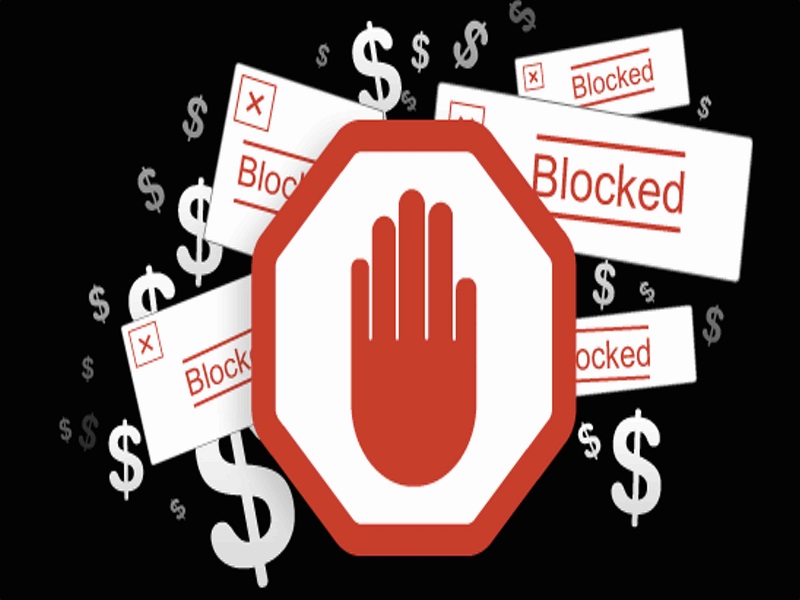In this day and age, website viewers want to see content displayed in a beautiful manner, without too many ads ruining the experience. Or to be more precise, having no ads at all would be a better option, as advertisements lead to slower loading times, especially when using mobile devices. Monetizing content is becoming increasingly harder through relying on tried and tested models, and ad-blockers become more and more popular.
Also read: Binary Options: Golden Investment Opportunity for Bitcoin Users
Consumers Forced to Subsidize Content Creators?
For most website owners, the traditional advertising model makes a lot of sense. Companies purchase advertising space on a website to promote their service or product and based on the numbers of site visitors to click the ad; this deal will potentially be renewed. However, getting visitors to click through is becoming much more difficult, as most ad-blockers won’t even display the advertisement to begin with.
Mobile users, who enjoy browsing through website content on their smartphone or tablet, are among the first to install ad-blockers on their devices. Mobile devices are comprised of a far smaller screen compared to regular computers and having advertisements take up part of this precious real estate does not sit well with website visitors. That situation will only grow more bitter, as ad-blocking on mobile is expected to increase exponentially in the next few years.
Desktop users have grown accustomed to browser plugins such as Adblock and uBlock, both of which are freeware and will block over 95% of website advertisements. For mobile, on the other hand, solutions such as Adblock Plus and TrustGo give customers the option to determine the number of advertisements they want to see in the browser and apps.
Content creators and platform owners will have to change their business models sooner or later, as the traditional advertising method will not be a viable source of income for much longer. Putting up a small paywall to pay for content is one way to solve this problem, whereas digital subscription services are another option worth exploring.
Rewarding Content Creators With Bitcoin Tips
Processing and receiving micropayments remains a critical issue for content creators these days. Traditional payment methods, such as Paypal, bank transfers, and credit cards, are subject to high transaction fees. In the end, the recipient will receive far less money than originally intended. This is where Bitcoin could play a big role, as virtual currency payments are fast and subject to a minimal fee.
On the other hand, Bitcoin is not a widespread form of payment by any means. While Bitcoin adoption in the world has been on a slow but steady increase in recent years, relying on virtual currency “tips” from users is not a viable business model just yet. That being said, a Bitcoin-based solution for content creators could overthrow the entire traditional advertising model altogether.
What are your thoughts on the current advertising model for content creators? Do you use an ad-blocker, and if so, which one? Let us know in the comments below!
Source: Techcrunch
Images courtesy of Shutterstock, Adblock, Performinsinder
